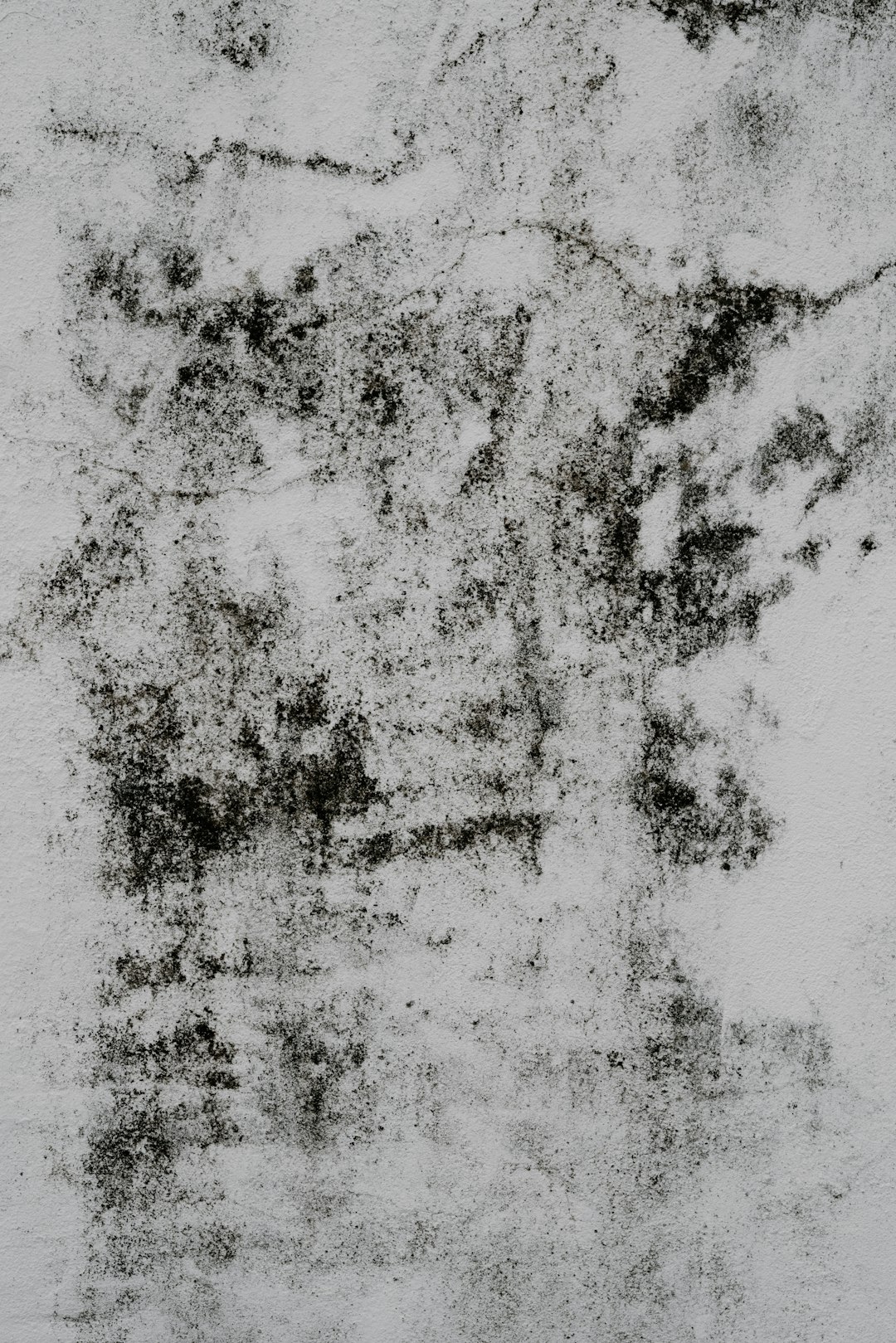 Photo from Unsplash
Photo from Unsplash
Originally Posted On: https://www.universetale.com/how-to-get-rid-of-red-mold/
Are you concerned about a red-colored growth you see popping up regularly in your home? Before you panic, take a deep breath.
Today, we’re taking a look at the common sources of red mold and how to keep your home from getting damaged by it.
Let’s get started.
-
Bathroom Grout
In every home, the bathroom is a hot spot for all sorts of mold colors. You might spot it in the lines of grout between your tiles. Bathrooms are usually damp and warm, the perfect home for mold.
When you shower or bathe, water splashes onto the walls. If not wiped away, this creates a wonderful environment for red mold to grow.
This isn’t just an ugly sight. If left unchecked, red mold can damage your walls and can be harmful to your health.
Don’t worry, though! Regular cleaning with a mold-killing solution can keep it in check. Even better, using a squeegee to remove water from your walls after every shower can help prevent mold from growing in the first place.
-
Kitchen Sink
The kitchen sink is another common place where red mold can grow. Your sink is wet most of the time, with food particles that can feed mold. Over time, the combination of dampness and food leftovers can create an ideal environment for red mold.
As you wash dishes or rinse off foods, tiny bits can get trapped in the drain or garbage disposal. If these areas aren’t cleaned regularly, red mold can start to appear.
Regularly cleaning your sink, especially the drain and garbage disposal, with a solution of bleach and water can help. Make sure you scrub all areas thoroughly and rinse well to keep your sink mold-free.
-
Carpets
Did you spill something on your carpet and forget to clean it up? Or maybe you’ve had a flood or leak? Wet carpets are like a dinner invitation for red mold.
Molds prefer damp, dark areas, and your carpet could be the perfect place. Red mold spots on your carpet may be small at first, but they can grow fast.
It’s important to get rid of it as soon as you can. Cleaning your carpet should be able to fix this. Be sure to use a carpet cleaning solution that kills mold.
If the mold spot is too big or keeps coming back, it may be best to replace that part of the carpet. Always remember to dry your carpets fully after cleaning to keep mold away.
-
Basement Wall
Basements are often known to be damp and dark – two conditions that red mold loves! If you don’t visit your basement often, mold could be growing on your walls without you knowing. This can be a problem.
Not only can it damage your walls, but it can also be bad for your health. To prevent this, try to keep your basement dry. If you see any leaks, fix them right away.
A dehumidifier can also help by decreasing the moisture in the air. If mold appears, clean the walls with a solution that kills mold. After cleaning, remember to dry the walls fully to stop the mold from growing back. It’s a simple step but it can make a big difference!
-
Attic Insulation
Just like basements, attics can also be a great place for red mold to grow, especially in the insulation. Attics often have less air circulation and can get quite humid, especially in warmer months. If your roof leaks, the problem can get even worse.
The wet, warm insulation becomes a perfect home for red mold. Check your attic regularly for any leaks. If you find mold in your insulation, it’s best to replace it to ensure the mold is completely gone.
Also, try to improve the air circulation in your attic. This can help keep it dry and make it less appealing for mold growth.
-
Window Sill
Window sills can be a common spot for red mold, especially if water often gets trapped there. When it rains, water can pool on the sills, creating a damp area that’s great for mold to grow. Plus, dirt and dust that collect on your window sills can provide food for the mold.
Regularly cleaning your window sills can help prevent mold. Try to keep them dry and clean up any standing water as soon as possible. A mold identification chart should be able to help you identify them more easily.
Remember, it’s very important to dry the area completely after cleaning. This can help stop the mold from coming back.
-
Air Duct
Air ducts can also harbor red mold. These hidden spots often get damp and dusty, feeding the mold. To keep mold away, try to keep your ducts clean and dry.
If you notice a musty smell or find mold, call a professional to clean the ducts. Remember, clean air ducts mean less mold and healthier air in your home. If you are near Louisville, you can also seek help from Louisville home inspectors in checking your air ducts for mold.
-
Laundry Room
Your laundry room can also become a home for red mold. This is because it’s often humid in there from the washer and dryer. Clothes left wet in the washer can also make the problem worse.
To avoid this, always remove wet clothes from the washer immediately. Use a fan or dehumidifier to help keep the room dry. If you spot any red mold, clean it quickly with a mold-killing product.
-
Refrigerator Seal
The rubber seal around your refrigerator door, often overlooked during cleaning, can become a breeding ground for red mold. Moisture and food residues trapped there offer a perfect environment for mold growth.
Regularly wiping down the seal with a vinegar solution can keep red mold at bay. If you spot mold, scrub it away with a toothbrush dipped in a mix of bleach and water. Rinse thoroughly and dry completely after cleaning to prevent the mold from returning.
Watch Out for These Common Sources of Red Mold in Your Home
Being aware of common sources of red mold in your home is crucial in preventing potential health risks and property damage. Regularly inspecting and properly maintaining your home can help keep mold at bay.
Remember, if you do spot any of these signs, don’t hesitate to call a professional for proper remediation. Stay safe and mold-free, and make sure to keep an eye out for any potential sources of red mold.
We hope you found this article helpful. Keep reading our blog for more helpful tips and advice.





